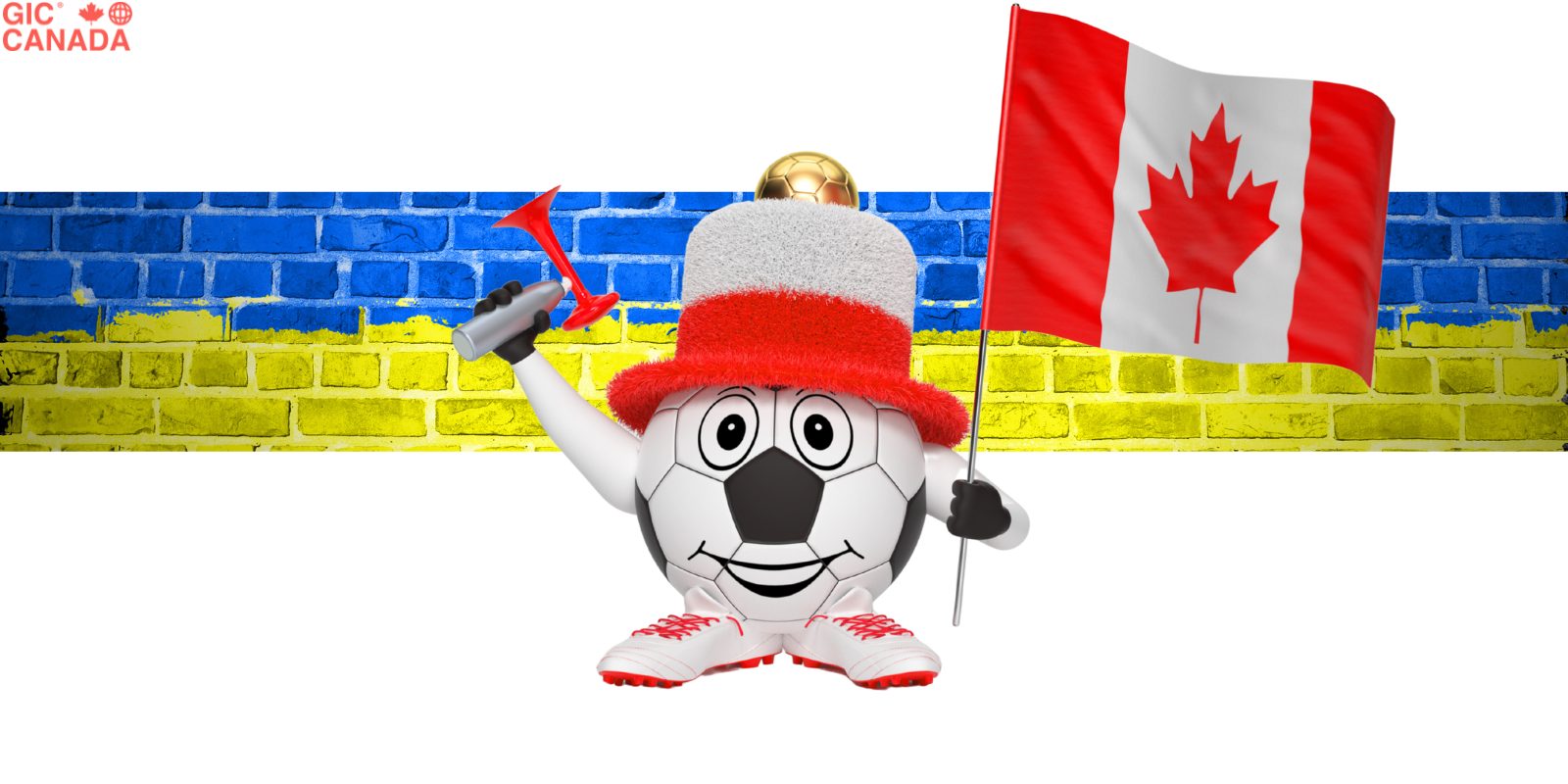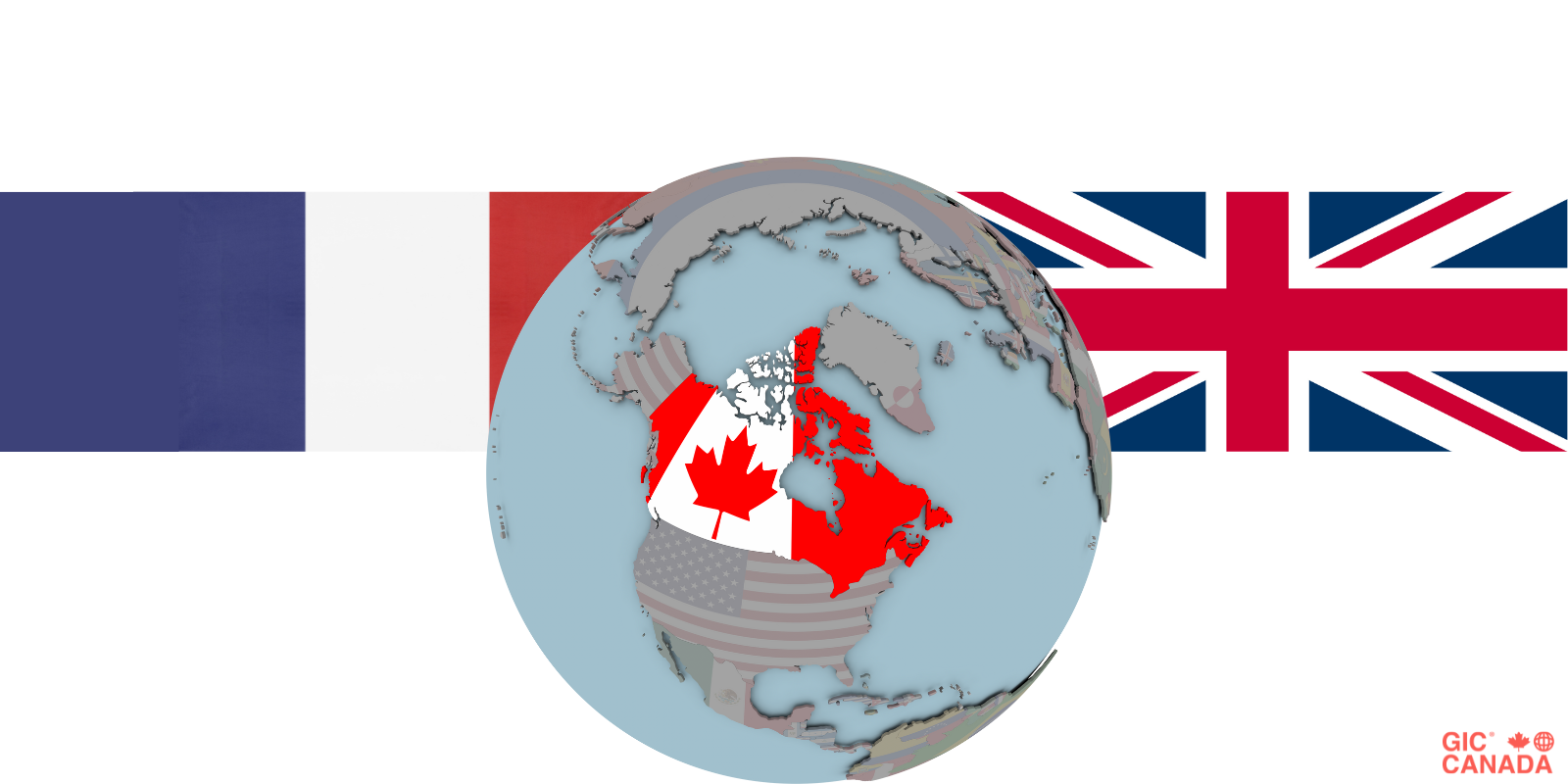Every country in the world has its peculiarities, and Canada is no exception to the rule. The most striking of these differences have been brought together. Canadians are a very distinctive people whose traditions and customs are due in no small part to the country’s geographic location, climate, and historical past.
The following interesting facts about Canada and Canadians themselves are a prime example of their diversity
Famous Canadians
In fact, Canada has given the world quite a lot of famous personalities, but not everyone knows about their Canadian origins. Thus, this list includes actors who have achieved fame in Hollywood, musicians and even authors of graphic novels. Here is a list of the most famous of them:
Justin Bieber – musician;
Michael Bublé – singer;
James Cameron – filmmaker;
Jim Carrey – actor; Celine Dion – singer;
Ryan Gosling – actor;
Rachel McAdams – actress;
Mike Myers – actor;
Ryan Reynolds – actor;
William Shatner – actor, writer;
Brian Adams – musician;
Neil Young – singer;
Avril Lavigne – singer;
Joe Schuster – co-author of the graphic novel SupermanFacts about Canada’s geography
As we can see, Canada surprises the world not only with its celebrity descendants, but also with some geographical facts that are perhaps only possible in this country.
Here are a few of the most interesting features:
Canada is the second largest country in the world;
Ottawa is the capital of Canada and one of the coldest capitals in the world;
Montreal is second only to Paris for the number of French speakers;
Canada is home to 9% of the world’s renewable water resources;
Canada has six time zones;
The city of Calgary in the province of Alberta has a strange feature – a weather phenomenon that can cause the air temperature to rise by 10 degrees in a matter of minutes. This phenomenon is called Chinook wind;
Despite its vast territory, Canada has one of the lowest population densities. In the country, there are only three people per square kilometer;
Almost half of Canada’s population was born in other countries;
It rains 330 days a year in Ocean Falls, British Columbia;
The sunniest place in Canada is Estevan in the province of Saskatchewan. There the sun shines for 2,537 hours a year.
Interesting facts about life in Canada
Canadians love to spend time in front of the television and prefer to live in cities. Many residents of the world can agree with them on this.
In Canada, 81% of the population lives in cities;
Canadians can deduct a number of things on their tax returns. For example, dog food is not tax deductible;
Canadians like to end a sentence with the word Eh;
Canadians call a one-dollar coin “Looney.”
In Canada, 17% of the population are smokers;
Canadians spend 21 hours a week watching TV. 128,000 Canadian homes have a television in the bathroom.
Sports in Canada
Few countries in the world can boast such a number of Olympics and such a love of winter sports. The national sports in Canada are hockey and lacrosse;
Canada invented the baseball glove in 1883;
Canada has hosted the Olympics three times – Montreal (1976), Calgary (1988) and Vancouver (2010);
The first game of indoor ice hockey was played on March 3, 1875 in Montreal, Vancouver.
Famous Inventions
In fact, the list of notable Canadian inventions is quite long, listed below are just the most significant.
Canada invented the popular board game Trivial Pursuit;
The first telephone was invented in Canada by Alexander Graham Bell;
The game of basketball was invented by Canadian-American teacher James Naismith;
The snowmobile was invented by Canadian Joseph-Armand Bombardier;
Canadian scientist Thomas Ahern patented the electric water heater and electric furnace;
Canadian filmmaker Graham Ferguson invented IMAX. The digital system was widely used in all cinemas around the world;
Insulin, a hormone produced by the pancreas, was first discovered by Canadian physician Frederick Bunting and his assistant Charles Best;
University of Toronto biophysicist James Till and his colleague Ernest McCulloch proved the existence of stem cells.
Food and Drink in Canada
Canadians love to eat good food and you can’t take that away from them. By the way, they also like to drink, but it’s not at all what you think. Canada is famous for its ice wine, which is made from pressed frozen grapes. It is usually a dessert type of wine;
Cheddar is the most popular cheese in Canada. On average, Canadians consume 10.6 kilograms of cheese per person per year;
Canada has the highest number of donut stores per capita than any other country;
Canada has the highest number of people in the world drinking fruit juice.
Other interesting facts about Canada
The smallest prison in the world is located in Edmonton, with an area of 24.3 square meters;
The province of Saskatchewan has no daylight saving time;
The West Edmonton Mall in Edmonton, Canada is so huge that it is the fifth largest in the world;
Canada produces the most uranium in the world;
There are 459 cars for every thousand people in Canada;
The 9.3 kg lobster is the largest recorded lobster. It was caught in Nova Scotia in 1977.















